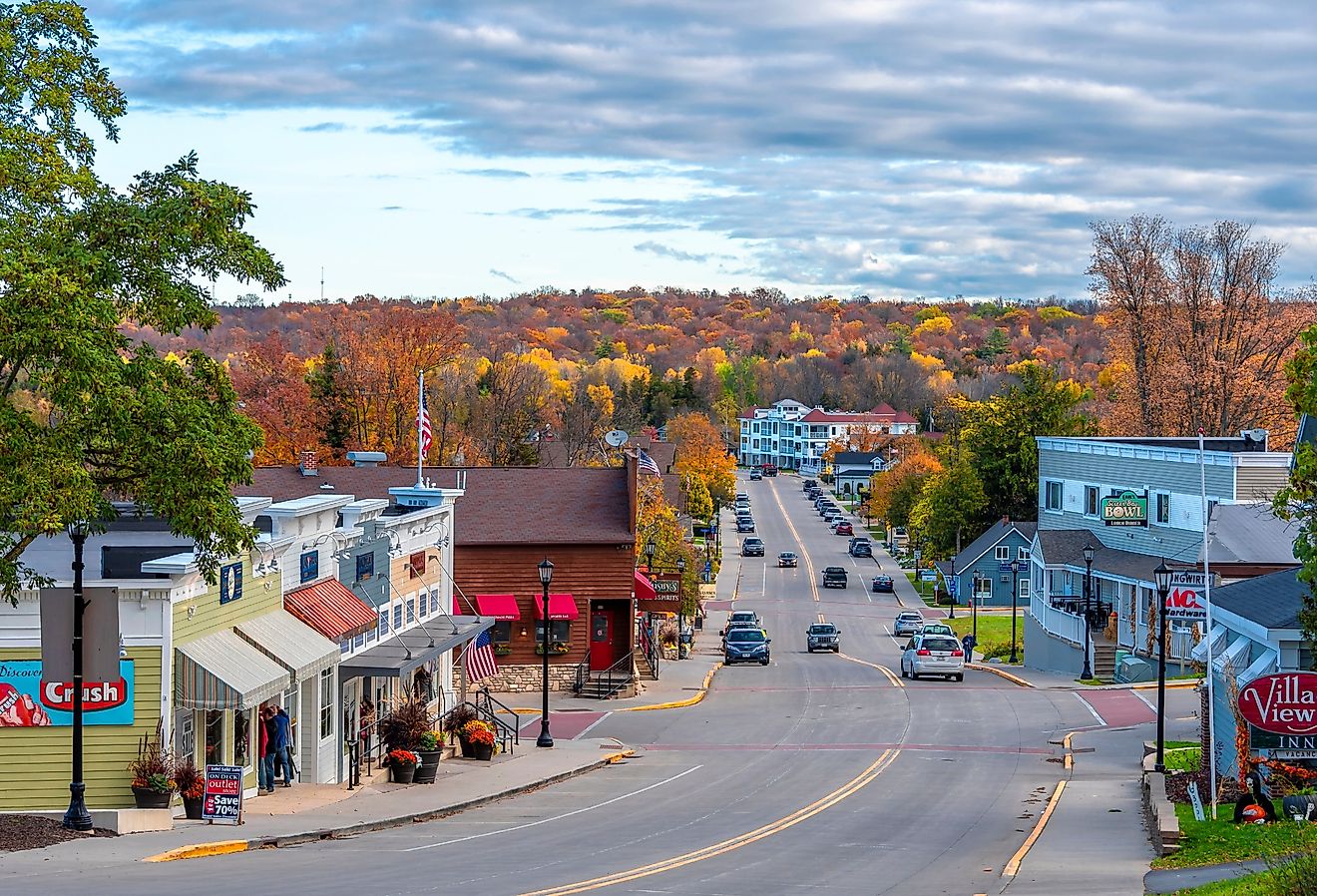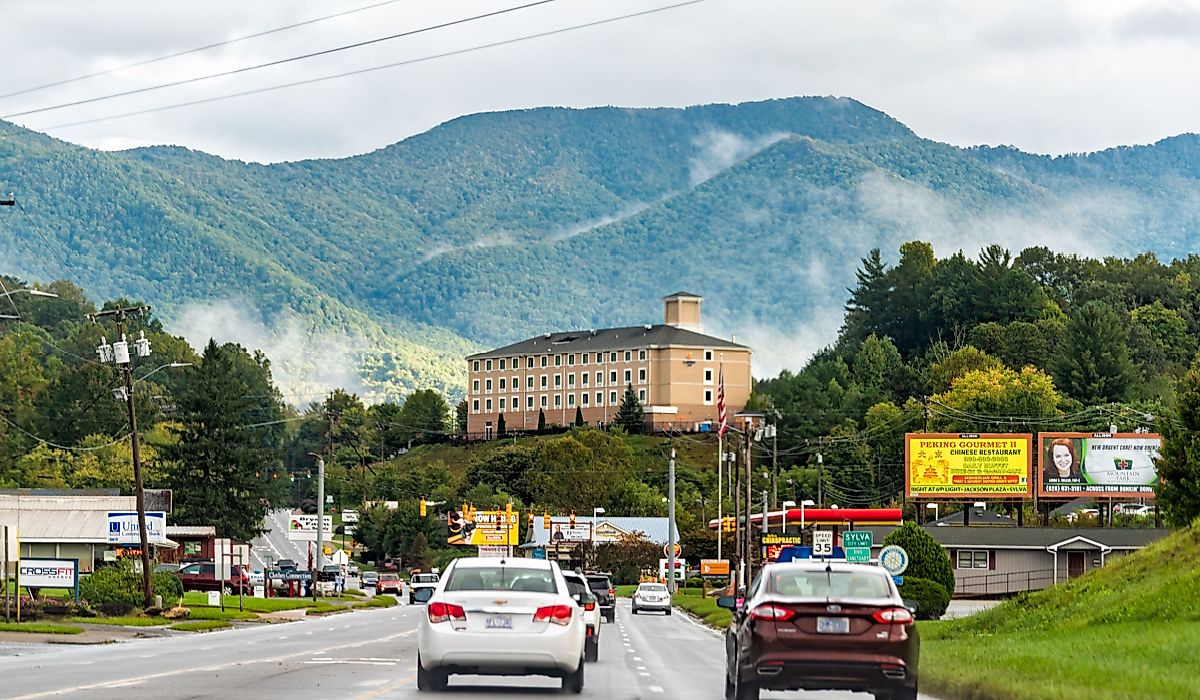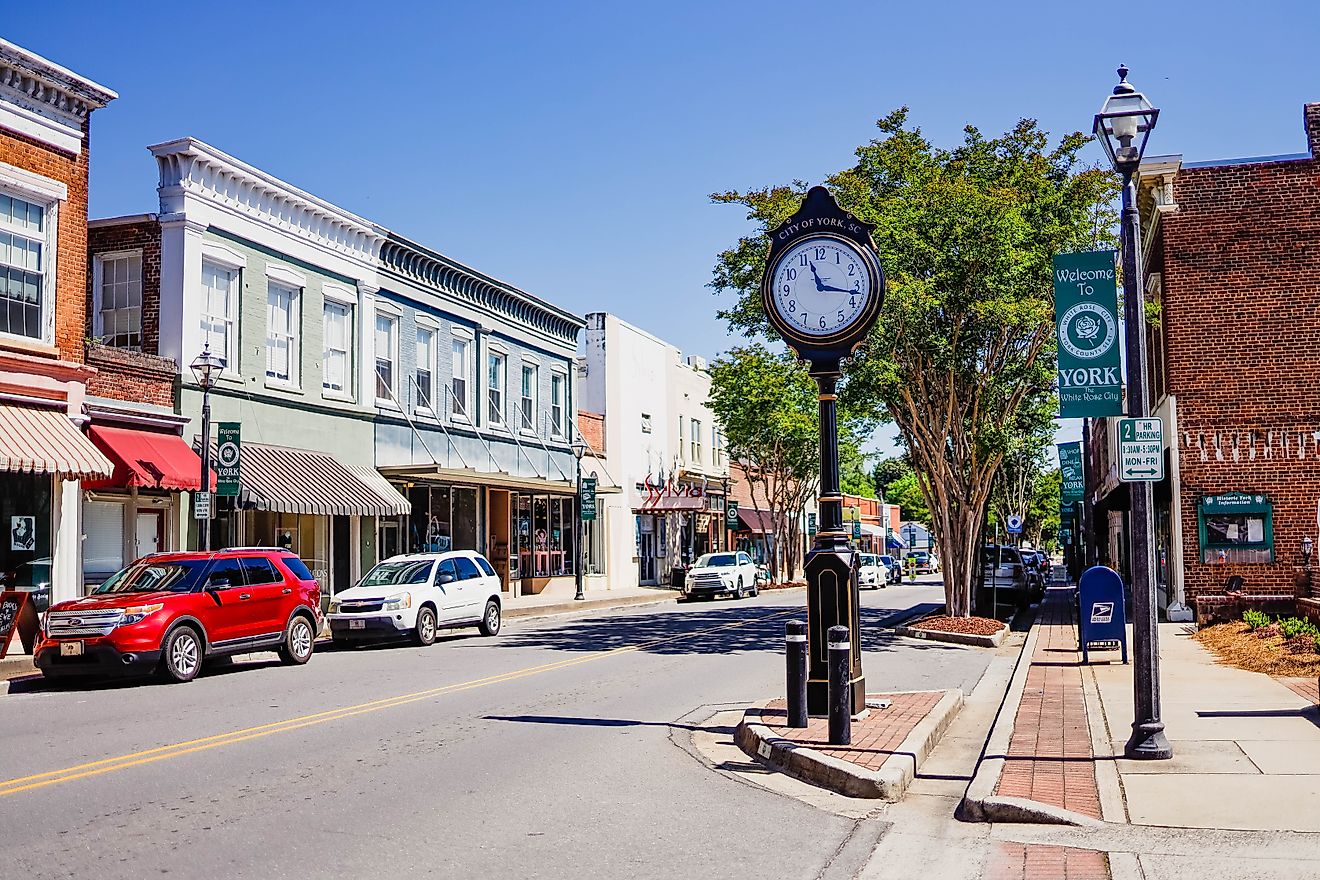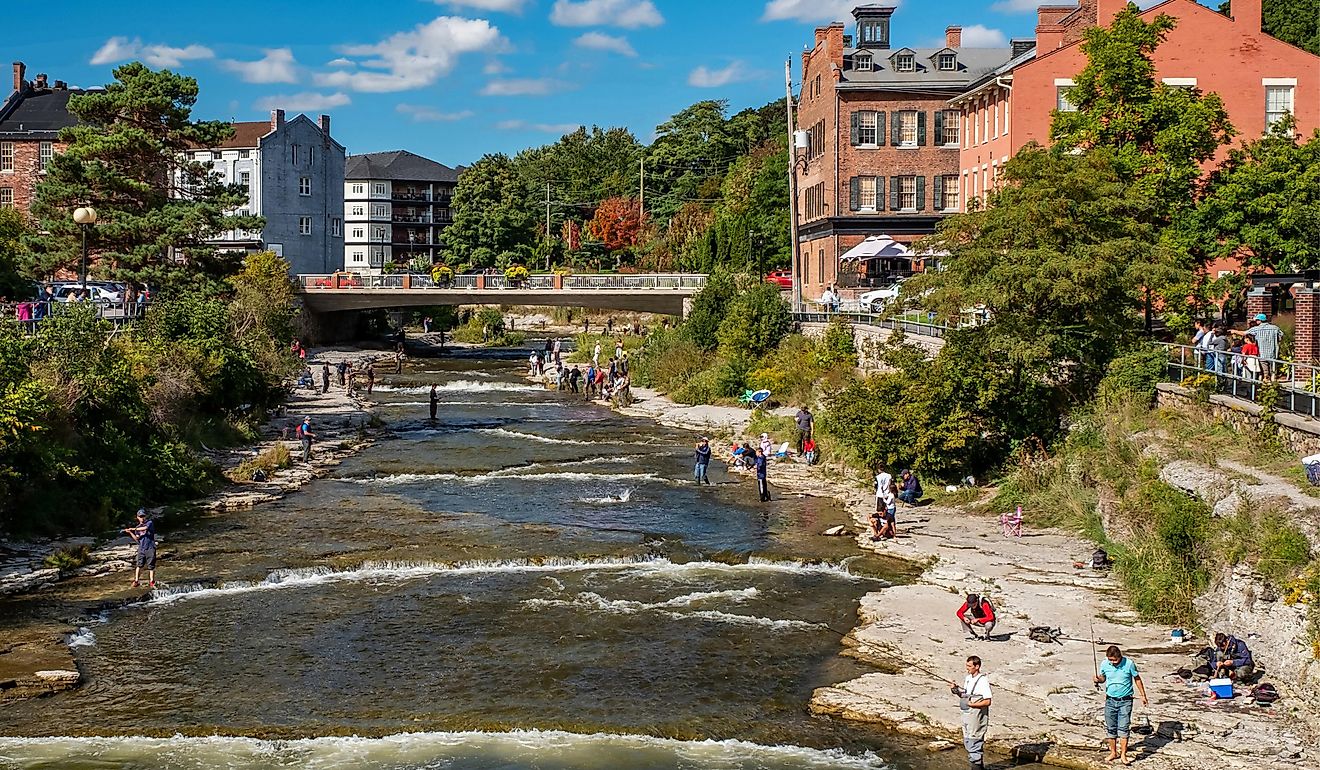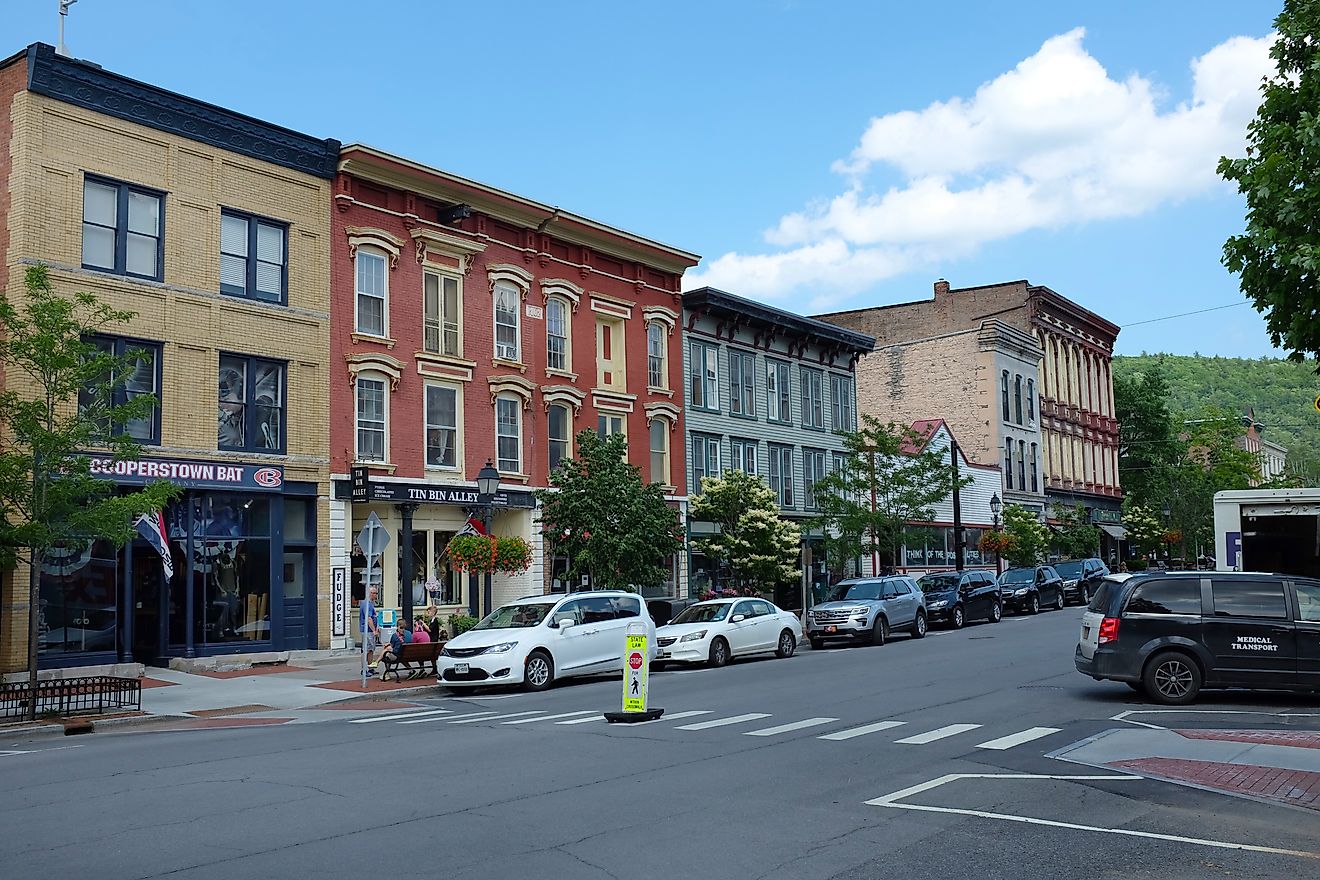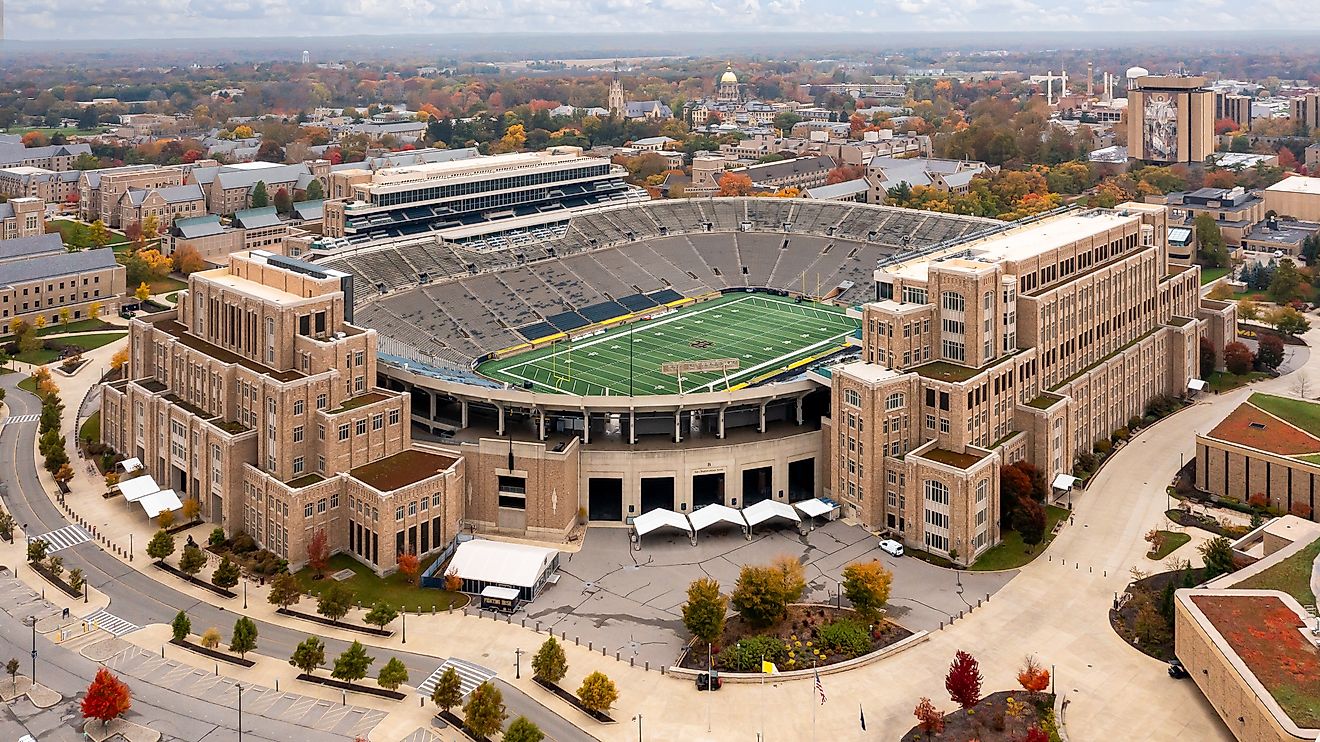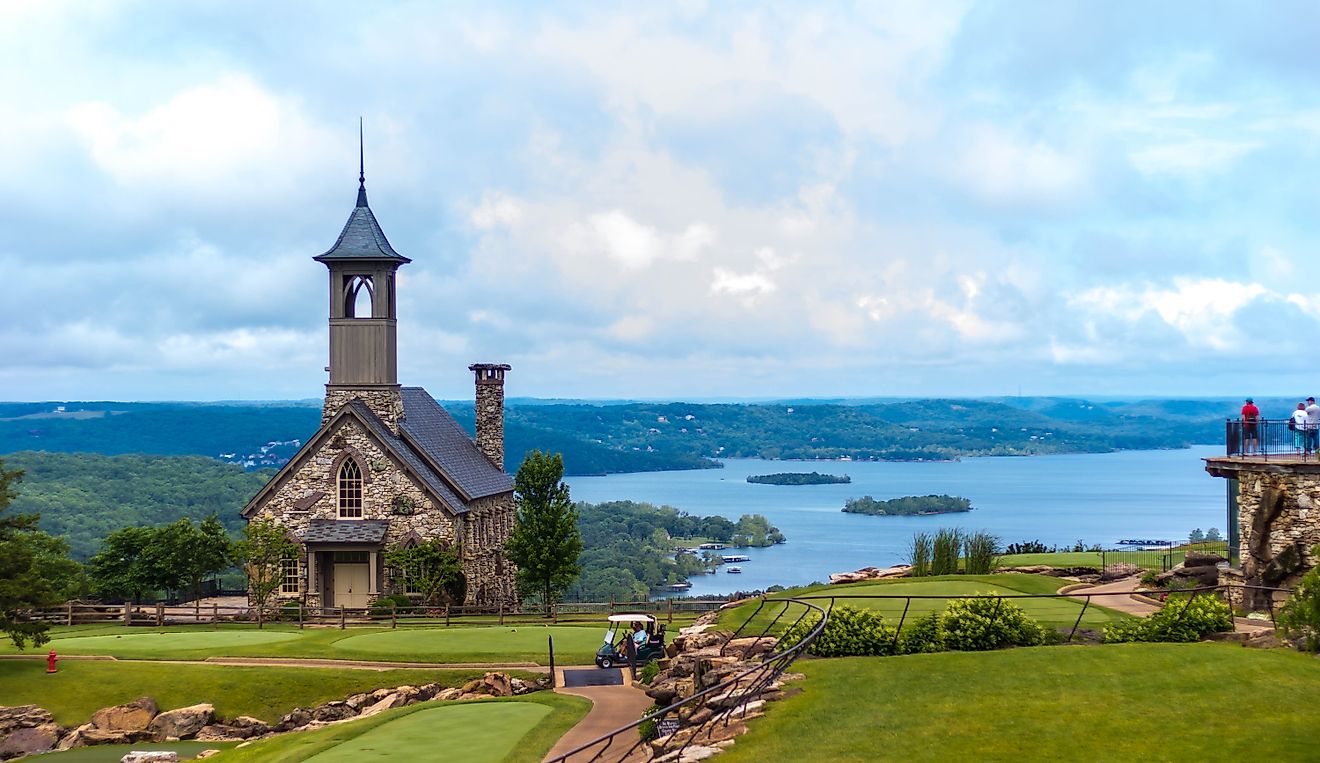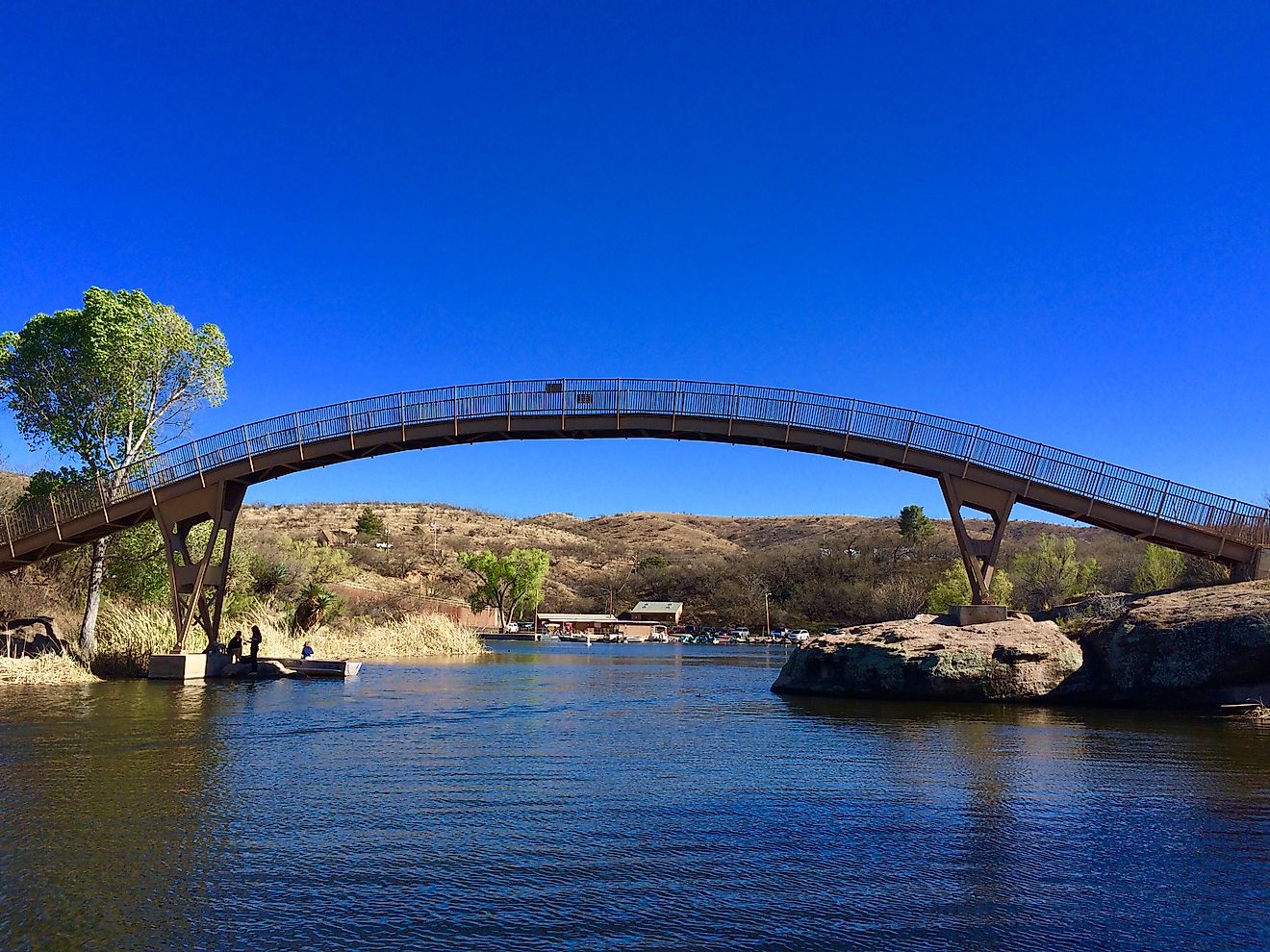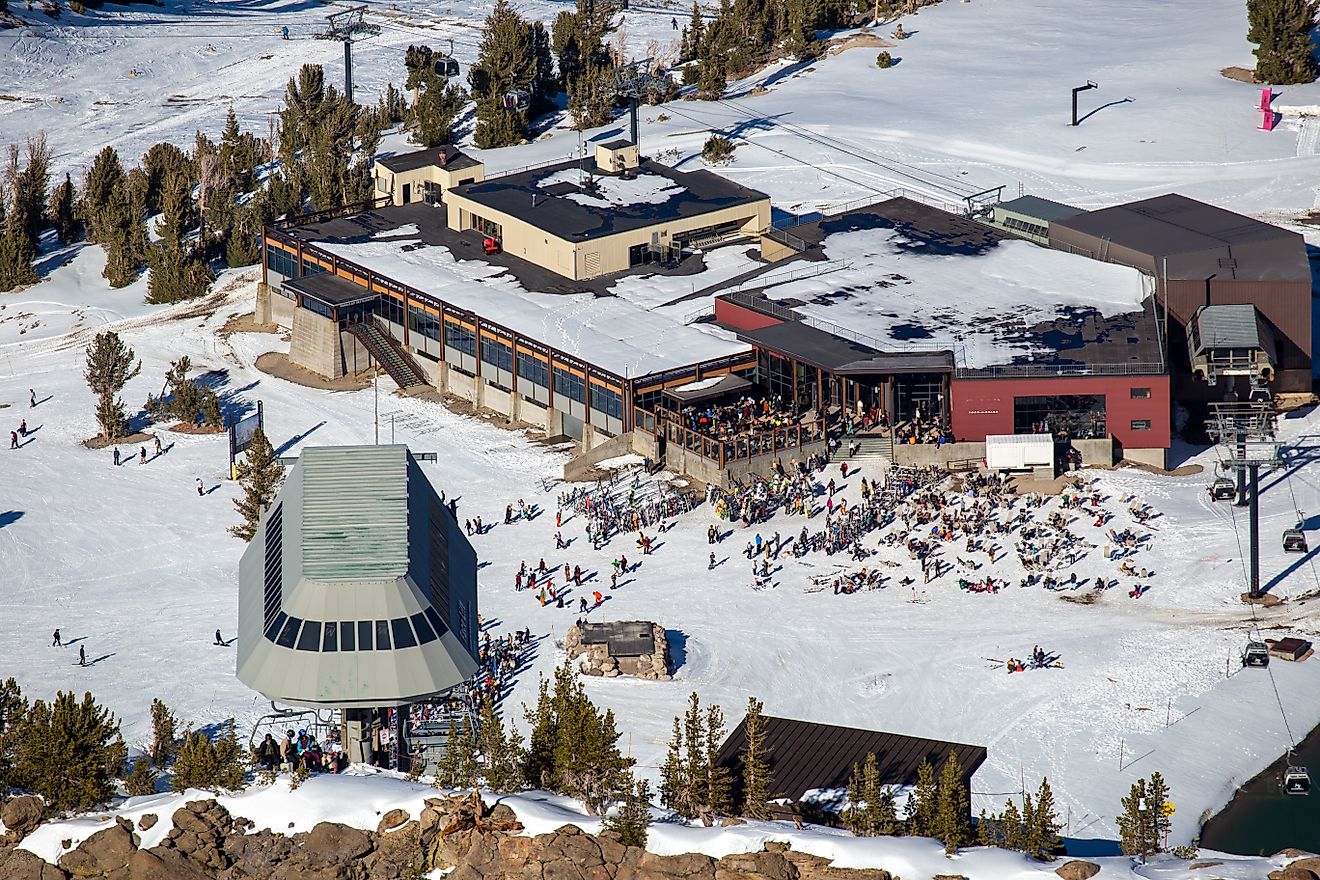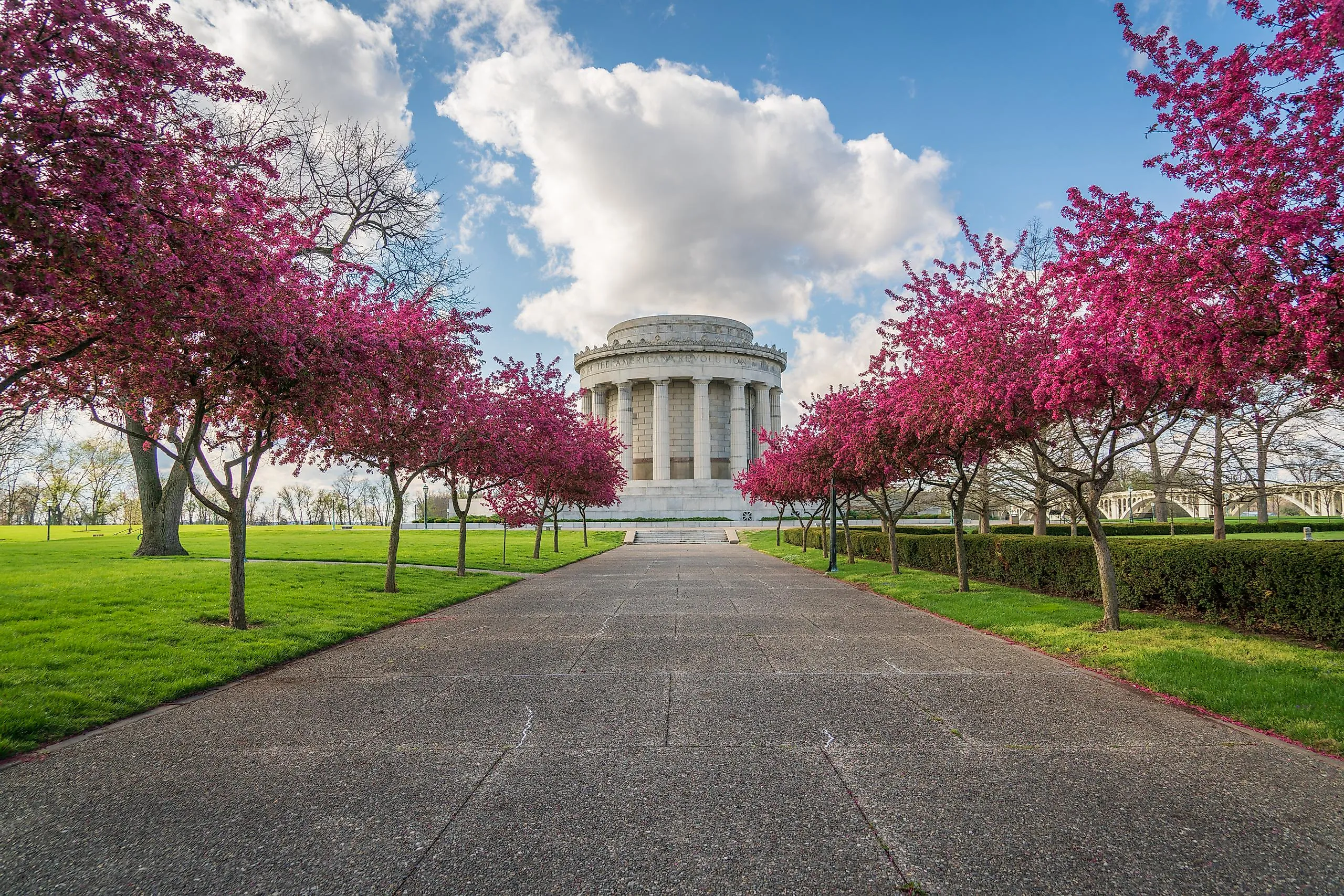
This Indiana Town Is Older Than The State Itself
In what is now the Hoosier State, a distinctive and historically significant town existed before Indiana's official statehood in 1816. That colony was Vincennes, Indiana's oldest continuously inhabited European-founded community. Established in 1732 by French fur traders, Vincennes has undergone a remarkable transformation over the past three centuries, evolving from a lonely frontier outpost to a small yet bustling city that takes pride in its rich heritage.
The Founding of Vincennes
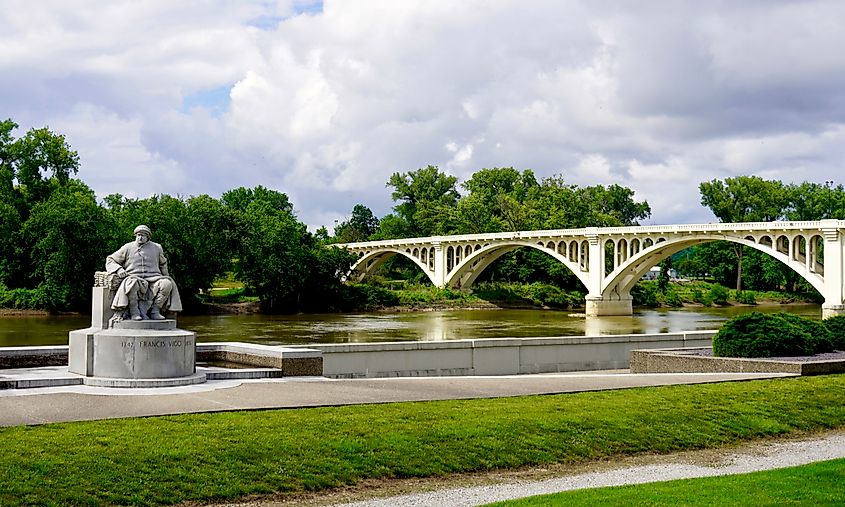
Vincennes was established during a time when the region was part of New France. Named after François-Marie Bissot, Sieur de Vincennes, a Canadian-born officer who worked to expand French influence into the Wabash River Valley, the settlement was founded as a fur trading post in 1732. It was strategically located for trade between French settlers and Native American tribes due to its proximity to the river. To protect their territorial interests, the French constructed Fort Vincennes. The British occupied the fort and the surrounding area in 1763 following the conclusion of the French and Indian War. At a crucial juncture in the Revolutionary War, however, American soldiers led by George Rogers Clark recaptured the fort in 1779. The United States was able to take control of the Northwest Territory because of Clark's effective winter campaign.
A Regional Hub of Civic Life
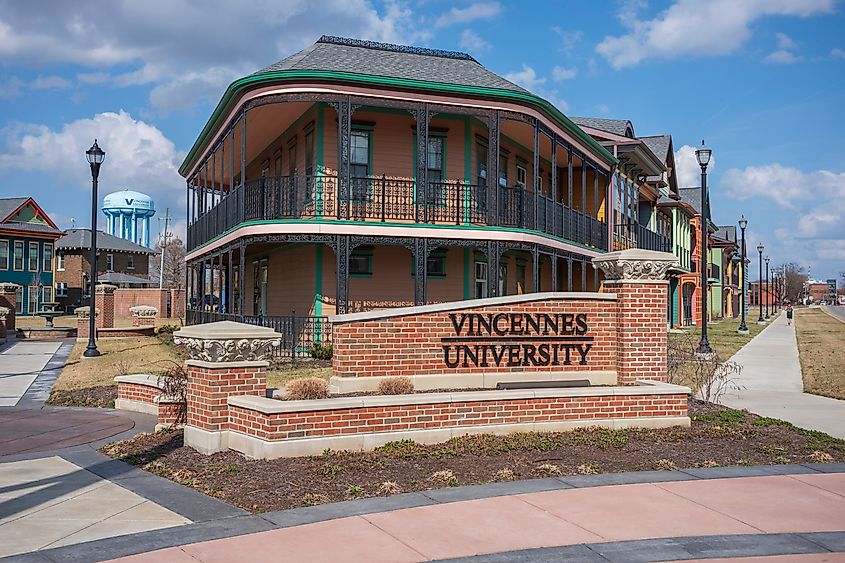
Clark’s triumph is commemorated at the George Rogers Clark National Historical Park, where a massive neoclassical memorial sits near the site of the original fort. Vincennes' popularity grew even more following the American Revolution. In 1800, it was the capital of the Indiana Territory, a large area that comprised portions of numerous later states. The region was ruled from Vincennes by William Henry Harrison, the ninth President of the United States, who constructed Grouseland, his opulent home that is now a National Historic Landmark.
During its tenure as the territorial capital, Vincennes became a hub of civic life. It was home to the territory’s first legislature, the first printing press, and Indiana’s first newspaper, The Indiana Gazette, established in 1804. Even more notably, Vincennes is home to Vincennes University, founded in 1801 by William Henry Harrison. Founded with the blessing of President Thomas Jefferson, Vincennes University is the oldest university in Indiana and one of the few in the United States with presidential roots.
The Evolving History of This Town
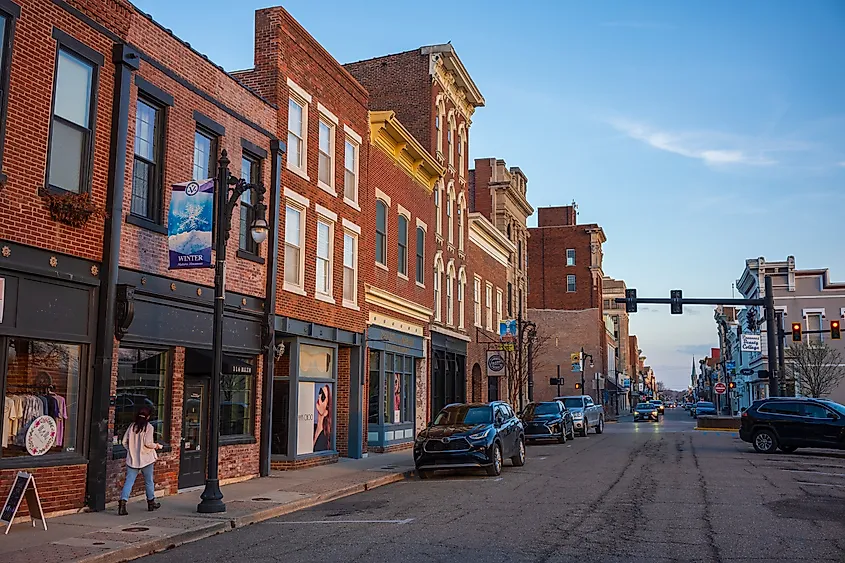
Even though the capital was eventually moved to Corydon and subsequently Indianapolis, Vincennes had a big influence on the development of the region. Vincennes was a true cultural melting pot, influenced by Native American, American, British, and French civilizations. The town's architectural practices continue to reflect this mixture of cultures. One example of this history is the Old Cathedral, or the Basilica of St. Francis Xavier, which was once the cathedral for the Diocese of Vincennes. Built in 1826 on the site of earlier Catholic missions, it is one of the oldest Catholic churches in the Midwest.
Through yearly celebrations like the Spirit of Vincennes Rendezvous, a historical reenactment event that draws thousands of tourists to experience 18th-century frontier life, Vincennes also celebrates its multicultural past. Over the centuries, Vincennes transitioned from a military and political capital to a small, resilient city in the Midwest. With the collapse of river trade and the emergence of railroads and highways, the town adjusted its economy to focus on manufacturing, education, and agriculture.
A Robust Modern Culture
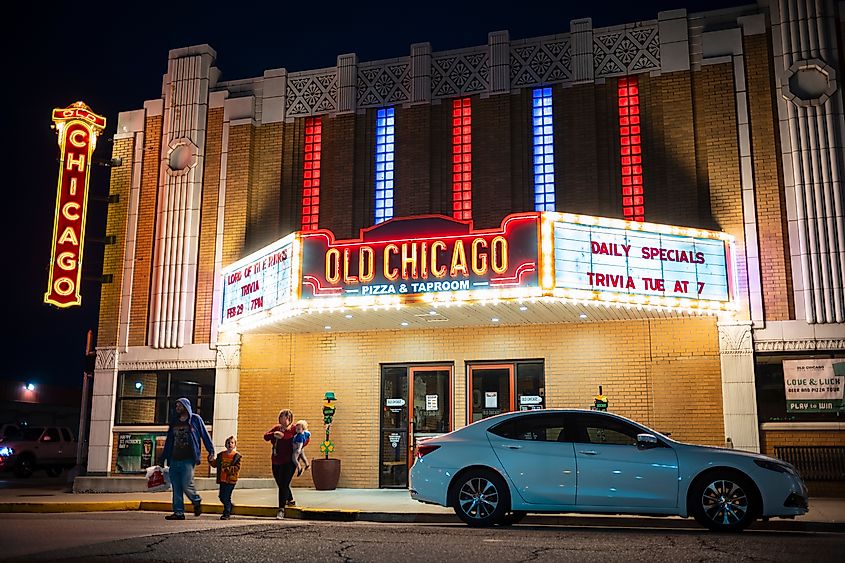
Today, Vincennes, home to just over 16,500 people, offers a fusion of modern amenities and natural beauty. Visitors can visit the Indiana Military Museum, Grouseland, and the Red Skelton Museum of American Comedy, which honors the famous comedian who was born in Vincennes in 1913.
In addition to being the oldest town in Indiana, Vincennes served as the cornerstone for the construction of a large portion of the state. Long before Indiana became a state, it served as a hub for early government, education, religion, and military history, all of which influenced the state's identity.
The Enduring Spirit of Indiana’s First Town
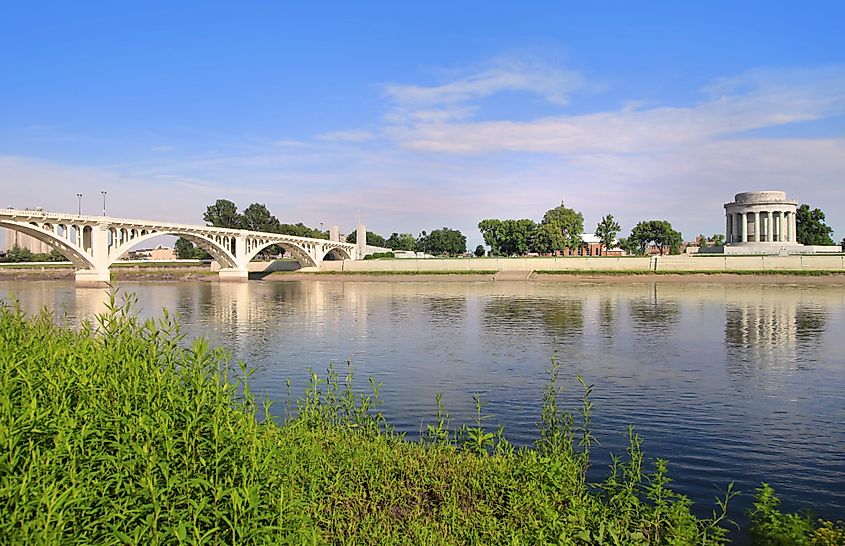
The town of Vincennes, tested by war, shaped by migration, and sustained by the friendliness of its locals, is in many ways a symbol of the American Midwest. The story of the town highlights the colonization and growth of America. Vincennes is an accessible archive of the country's rise to independence, encompassing Native American and French diplomacy, revolutionary conflicts, and early territorial aspirations for control. Visitors and locals can clearly see how Vincennes continues to honor the diverse population that has shaped its past by visiting its museums, landmarks, and community-building events.
It goes without saying that its continuous cultural and historical preservation makes Vincennes unique not just in Indiana but also in American history. It is a timeless example of how small towns can have a significant meaning in the United States.
